View front and rear 17 inch rim sized wheel tyre pressure values in PSI and BAR.
30.6 PSI
2.11 BAR
30.82 PSI
2.13 BAR
Finding right tyre air pressure for right tyre size :
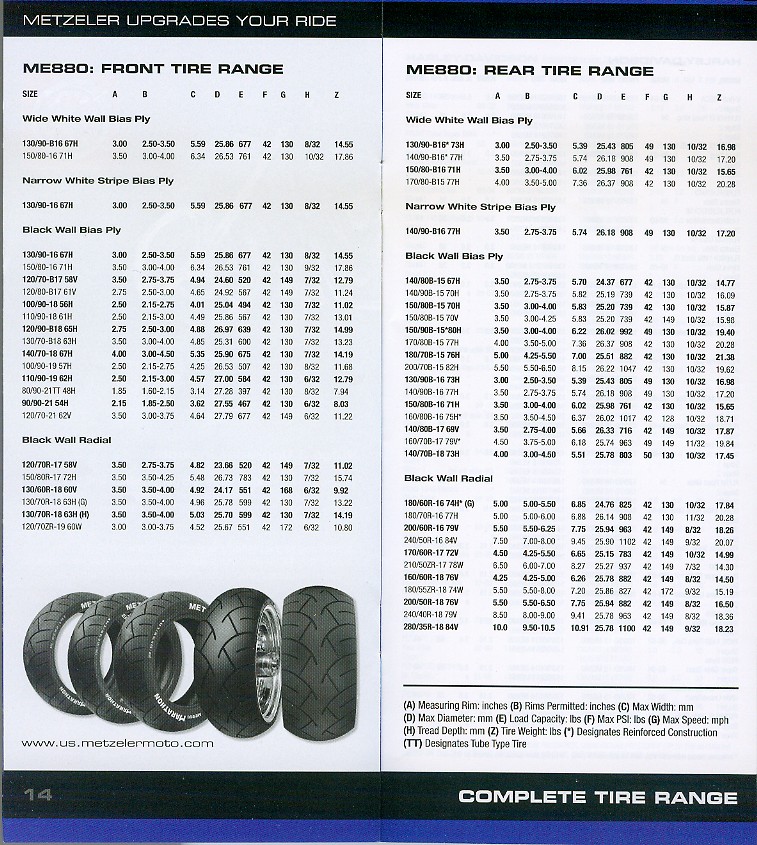 5-17
5-17Making sure your tires are filled to the proper level is an important part of automotive care, and it's relatively simple, too.
As a general rule, in any specialized store we can purchase these two types of meters:
Digital
These meters incorporate an LCD screen that facilitates reading.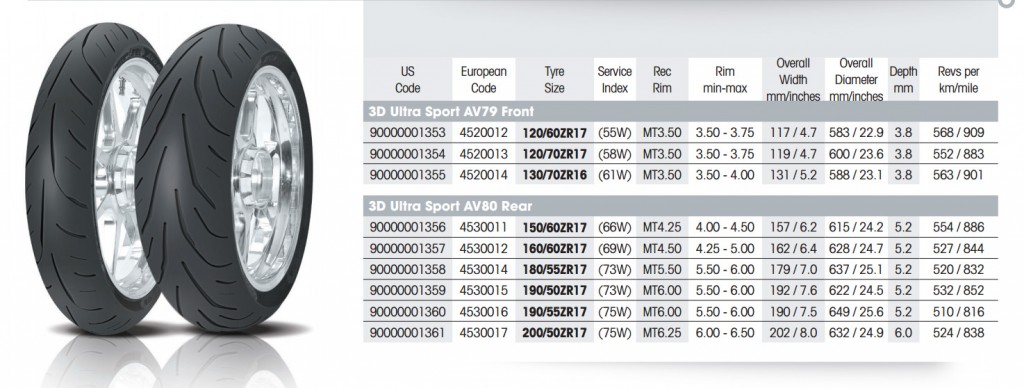 Due to their design, they are usually very resistant to humidity and dust. However, these teams usually need batteries and that, according to data from the General Directorate of Traffic, may have a precision error of 0.3 bar.
Due to their design, they are usually very resistant to humidity and dust. However, these teams usually need batteries and that, according to data from the General Directorate of Traffic, may have a precision error of 0.3 bar.
Analogue
These types of devices tend to be bulkier and require some skill in handling, especially if they incorporate an extension hose. They usually indicate the pressure with a needle and are somewhat more precise.
Pressure Conversion Chart
| BAR | PSI | BAR | PSI | BAR | PSI | BAR | PSI | BAR | PSI |
| 1.30 bar | 17 psi | 1.90 bar | 27 psi | 2.60 bar | 37 psi | 3.25 bar | 47 psi | 3.95 bar | 57 psi |
1.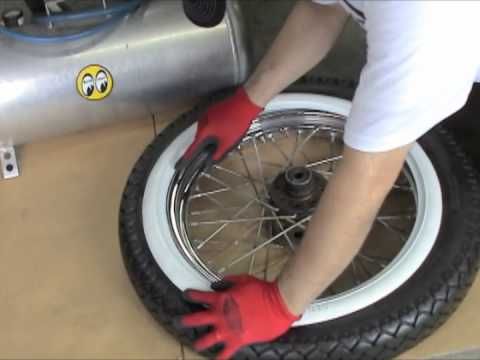 35 bar
35 bar | 18 psi | 1.95 bar | 28 psi | 2.65 bar | 38 psi | 3.30 bar | 48 psi | 4.00 bar | 58 psi |
| 1.40 bar | 19 psi | 2.00 bar | 29 psi | 2.70 bar | 39 psi | 3.40 bar | 49 psi | 4.10 bar | 59 psi |
| 1.45 bar | 20 psi | 2.10 bar | 30 psi | 2.75 bar | 40 psi | 3.50 bar | 50 psi | 4.15 bar | 60 psi |
| 1.50 bar | 21 psi | 2.15 bar | 31 psi | 2.80 bar | 41 psi | 3.55 bar | 51 psi | 4.50 bar | 65 psi |
| 1.55 bar | 22 psi | 2.20 bar | 32 psi | 2. 90 bar 90 bar | 42 psi | 3.60 bar | 52 psi | 4.80 bar | 70 psi |
| 1.60 bar | 23 psi | 2.25 bar | 33 psi | 3.00 bar | 43 psi | 3.70 bar | 53 psi | 5.20 bar | 75 psi |
| 1.70 bar | 24 psi | 2.30 bar | 34 psi | 3.05 bar | 44 psi | 3.75 bar | 54 psi | 5.50 bar | 80 psi |
| 1.75 bar | 25 psi | 2.40 bar | 35 psi | 3.10 bar | 45 psi | 3.80 bar | 55 psi | 5.85 bar | 85 psi |
| 1.80 bar | 26 psi | 2.50 bar | 36 psi | 3.20 bar | 46 psi | 3.90 bar | 56 psi | 6.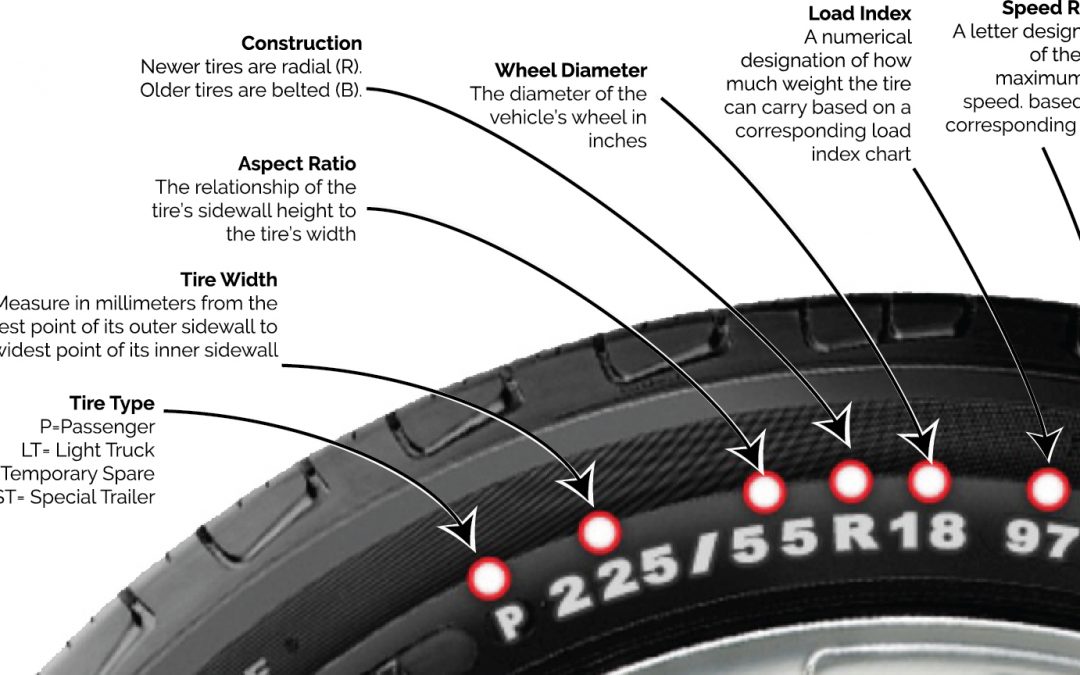 20 bar 20 bar | 90 psi |
The recommended tire pressure is the pressure established by the manufacturer of your car as the optimal air pressure for your tires. Running your tires at the correct pressure is important because it keeps you safe, cuts down your gas bill, and makes your tires last longer. Each vehicle has its own specifications for tire pressure, but most fall between 28 and 36 PSI (pounds per square inch).
Be careful not to confuse the recommended pressure with the maximum pressure. The recommended pressure is the one you should use when filling your tires, and, as explained above, you can find on your doorjamb or in your owner’s manual. The maximum pressure, on the other hand, is usually stated on the sidewall of the tire itself in small print near the tire’s bead (where the rubber abuts the rim). This measurement is provided by the tire manufacturer rather than the car manufacturer and is the maximum amount of pressure the tire can safely withstand.
Your tires’ max PSI almost always exceeds the recommended pressure. It isn’t advisable to fill your tire to this pressure for everyday driving. At max PSI, your car does not handle as well, braking is impaired, and you could risk dangerous blowouts. Over-inflation can also cause the center of your tire’s tread to wear out prematurely and reduce the lifespan of your tires. You may want to use the max pressure on a temporary basis if you are hauling especially heavy load or towing something.
Most manufacturers do not state a minimum tire pressure, per se. The recommended value is the amount of air that a tire needs for a car to handle properly and safely, and anything under that value is not recommended, so functionally the optimal value is also the minimum. Under U.S. law, vehicles are required to be equipped with tire pressure monitoring systems (TPMS) that warn the driver when tire pressure falls below 25 percent of the recommended PSI. This is considered severe under-inflation, but less drastic pressure drops are still considered moderate or mild under-inflation, and they and can still have negative consequences.
This is considered severe under-inflation, but less drastic pressure drops are still considered moderate or mild under-inflation, and they and can still have negative consequences.
If your tires are inflated to a pressure that is below the recommended PSI (as shown in the manual or on the driver’s side doorjamb), your car will not operate safely. Under-inflation can cause the tire to heat up excessively, which can make the tread pull away from the body of the tire. If this happens on the highway, it could lead to a blowout and a serious accident. There are also financial reasons for making sure your tires aren’t under-inflated. A low tire has more rolling resistance, which means the car has to work harder to move down the highway and consumes more fuel. Well-inflated tires are going to save you money at the pumps. Low tires also wear more quickly and unevenly, so you will have to replace them more often.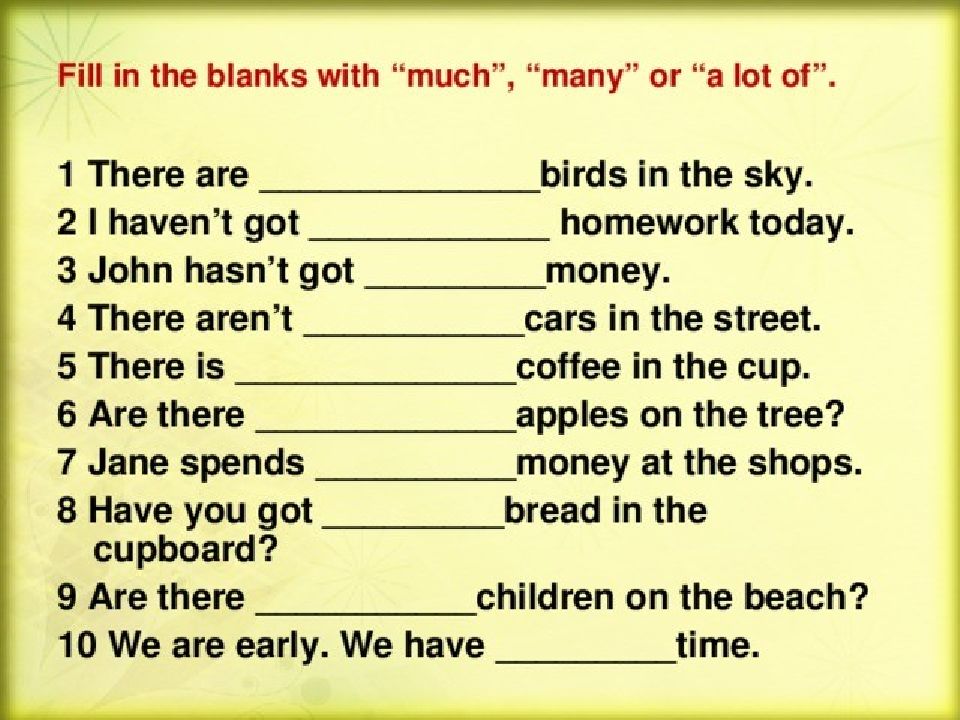
A tire pressure monitoring system (TPMS) uses either a direct sensor inside your valve stem or a combination of both software and other existing sensors in your vehicle to let you know when your tire pressure is outside of a safe range of pressures. If the pressure falls below the legally specified limit (25% of recommended pressure) an indicator light shaped like the letter U with an exclamation point inside it (representing the cross-section of a tire) will light up on the dashboard. When you see this TPMS light on you should immediately check your tire pressure and make any necessary adjustments.
If you have further questions about tire pressure or any other aspects of your tires, find your nearest tire dealer to get some advice.
When buying a bicycle for themselves, many do not even think about the fact that the convenience and comfort when riding it is achieved by properly selected tire pressure. The service life of the bicycle, the speed of riding, the degree of tire wear, safety, control of the two-wheeled friend depends on how the wheels are inflated.
The service life of the bicycle, the speed of riding, the degree of tire wear, safety, control of the two-wheeled friend depends on how the wheels are inflated.
Many cyclists believe that inflating the tires is only necessary for a good bike ride. However, flat tires have a wider area of contact with the road, which means that grip will be better, but it will be very difficult to accelerate to a speed of 30-35 km / h on such tires. nine0023
When inflating your tires, you should always consider the type of terrain or surface you will be driving on. If the walk is supposed to be on an asphalt road, the tire pressure of the bicycle should be close to the maximum allowable value. Elastic wheels on a flat surface will provide a smooth rolling and high speed of movement.
For cross-country riding with unpaved paths, it is better to set the tire pressure to medium tolerable, so that you can ride long distances in comfort and convenience. At high pressure, the grip of the wheel with the road will be minimal, respectively, all holes, pebbles, and bumps on the road will be sensitive. And with flat tires, the likelihood of damage to the wheel or puncture of the chamber increases. nine0023
At high pressure, the grip of the wheel with the road will be minimal, respectively, all holes, pebbles, and bumps on the road will be sensitive. And with flat tires, the likelihood of damage to the wheel or puncture of the chamber increases. nine0023
In order to protect yourself on the road, as well as to keep the bike or its individual parts intact, you need to know exactly the lower and upper limits of permissible values, to what pressure the bicycle wheels can be pumped.
Information about tire pressure gives you an advantage when cycling:

Forget the old "grandfather" way to check the wheel with finger pressure. No need to rely on tactile sensations, trying to feel with your hand the degree of rubber penetration on the tire. The air leaves the wheel gradually, through the pores in the rubber. Within 2-3 weeks, the pressure decreases by 0.1-0.2 atmospheres, but you cannot determine this with your fingers. The exact value at any time will help determine the pressure gauge that every cyclist should have in his arsenal. With its help, it is simple, with a minimum error, the level of pressure in bicycle tires is measured. A pump with a pressure gauge (floor or manual) will become an indispensable tool for cyclists. nine0023
There are three standard values in which bicycle tire pressure is measured.
kPa = 14.504 PSI
All these units are used to some extent - in different countries, by different manufacturers.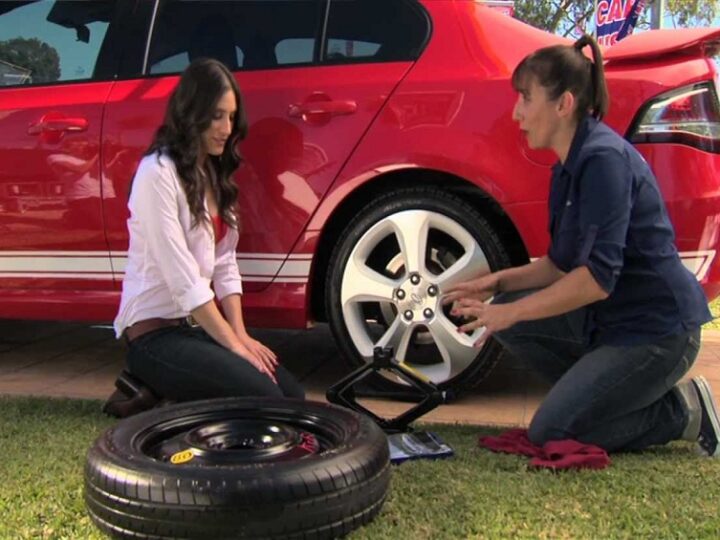 For residents of Russia and the post-Soviet space, the change in bars is more familiar, since this unit is clearly associated with the pressure of the 1st Earth's atmosphere at ocean level. In America and Western Europe, a popular unit is PSI, as they actively use pounds and inches in measurements. Pascals are the least used unit of measurement, but the most modern. Some bicycle manufacturers write data on the wheels about the allowable pressures in all three systems. nine0023
For residents of Russia and the post-Soviet space, the change in bars is more familiar, since this unit is clearly associated with the pressure of the 1st Earth's atmosphere at ocean level. In America and Western Europe, a popular unit is PSI, as they actively use pounds and inches in measurements. Pascals are the least used unit of measurement, but the most modern. Some bicycle manufacturers write data on the wheels about the allowable pressures in all three systems. nine0023
Manufacturers indicate on the sidewall of the tire how many atmospheres to pump the bicycle wheels. Specifies the range within which the owner of the "iron horse" determines the desired values, depending on the specific factors of riding his bike. Values in the range are labeled from min to max, in two or all three dimensions. Numbers up to 10 are atmospheres (or BAR), tens-hundreds are PSI, and six-digit values \u200b\u200band with the prefix “k” / kilo are Pascals. nine0023
When inflating a tire, you must strictly follow the manufacturer's recommendations and try not to go beyond both the minimum and maximum pressure levels indicated on the tire. Moreover, it is better to leave a small margin of 0.2-0.5 BAR, both in one direction and in the other, so that the tire does not burst.
Moreover, it is better to leave a small margin of 0.2-0.5 BAR, both in one direction and in the other, so that the tire does not burst.
The pressure in the wheel is kept by the tire, not the tube, so there is no single standard for its value. There are several significant factors that determine how much you need to pump the wheels on a bicycle. nine0023
Tire type is determined by the surface of the track that the cyclist will predominantly ride on. Accordingly, the level of inflation of the bicycle wheel will be different. There is a direct dependence on the roughness of the tread and the width of the wheel - the more lugs and the wider the wheel, the lower the pressure should be. Empirically, cyclists quickly determine how many atmospheres should be in the tires of their bicycle
Many cyclists do not think about the fact that air temperature affects the pressure level in bicycle tires. From the course of school physics, we recall that when heated, bodies expand. This means that in hot sunny weather, the pressure inside the air chamber will increase without additional pumping. Conversely, on cold winter days, a decrease in tire pressure is quickly felt due to low temperatures. So, when going for a bike ride in the cold season, the pressure indicators need to be adjusted a little higher than usual, and in the summer heat, let the air out a little. It is worth noting that when going on a bike ride, you should always take into account the weather conditions. nine0023
From the course of school physics, we recall that when heated, bodies expand. This means that in hot sunny weather, the pressure inside the air chamber will increase without additional pumping. Conversely, on cold winter days, a decrease in tire pressure is quickly felt due to low temperatures. So, when going for a bike ride in the cold season, the pressure indicators need to be adjusted a little higher than usual, and in the summer heat, let the air out a little. It is worth noting that when going on a bike ride, you should always take into account the weather conditions. nine0023
It is important to consider the load on the bike created by the weight of the rider, especially the fact that most of it is on the rear wheel. Therefore, the degree of its pumping should be slightly higher than the front, the optimal difference is 10%.
To calculate the optimal tire pressure for a bicycle, given the weight of its rider, you can use the table:
Rider weight (kg) Pressure (atmosphere) Pressure (PSI)
The nature, riding style and type of bicycle also affect tire pressure. Buyers who prefer an active pastime often opt for mountain bikes with 26-inch wheels, which ride well both on city streets and in rough terrain.
Buyers who prefer an active pastime often opt for mountain bikes with 26-inch wheels, which ride well both on city streets and in rough terrain.
To understand to what pressure to inflate the wheels of a bicycle, it is necessary to take into account the features of both the bike itself and other, at first glance, weightless factors. For example, weaving threads on a tire, rim thickness, driving style. The likelihood of a tire coming off a wide rim is much less than a narrow rim, because a wider rim will hold the tire better than a thin one. Mountain biking already by its name suggests the presence of a difficult surface on the track, with possible obstacles and bumps. The driving style is more aggressive than on a smooth, calm trajectory, it obliges you to increase the tire pressure to a level slightly less than the upper limit. nine0023
The diameter of the wheel will also affect the selection of the optimal pressure value, since the larger it is, the higher the volume of air pumped will be. However, for mountain bikes it is not so important whether the wheel diameter is 26 or 29 inches, it is much more necessary to pay attention to the parameters of the rider's weight and the type of track.
However, for mountain bikes it is not so important whether the wheel diameter is 26 or 29 inches, it is much more necessary to pay attention to the parameters of the rider's weight and the type of track.
There are no hard and fast rules about how much you need to inflate the wheels on your bike. There is common sense, experience, practice. Manufacturers can recommend certain values, but only the owner himself will determine exactly which road he will ride, in what weather conditions he will drive, take into account his weight parameters or not. The decision, what pressure in the wheels will be ideal, is sure to be found. nine0023
What are spikes and why are they needed?
Purpose of studs on winter tires
How many studs are on winter tires from different manufacturers?
How many studs are on winter tires of different sizes?
Conclusion
Choosing winter tires for the next year, drivers are actively studying ratings, expert reviews, reviews of other motorists. In each of these materials, you can find divisions into studded and non-studded tires. In the first case, special attention is paid to the wear resistance of metal inserts. To make it easier to choose the right tires and control the level of durability, attentive drivers sometimes ask themselves the question: “How many studs are on winter tires, and what does this parameter affect?”. In this article we will try to understand the features of modern studding, but it is worth mentioning right away that the exact number of inserts depends on the manufacturer and the specific model. nine0023
In each of these materials, you can find divisions into studded and non-studded tires. In the first case, special attention is paid to the wear resistance of metal inserts. To make it easier to choose the right tires and control the level of durability, attentive drivers sometimes ask themselves the question: “How many studs are on winter tires, and what does this parameter affect?”. In this article we will try to understand the features of modern studding, but it is worth mentioning right away that the exact number of inserts depends on the manufacturer and the specific model. nine0023
Studs are found exclusively on winter tires and are not approved for use in every region. Metal inserts can spoil the road surface, and therefore in countries with warm winters they are completely banned.
The spike is a two-piece metal element.
The core of the inclusion or the so-called body. This is the part of the stud that is visible when visually inspecting the tires. The rod is responsible for holding the metal structure in winter tires. This part of the stud is made of light alloy and may have additional serrations that reduce the risk of flying out. nine0023
The rod is responsible for holding the metal structure in winter tires. This part of the stud is made of light alloy and may have additional serrations that reduce the risk of flying out. nine0023
The core of the spike. This bulging part is of the greatest importance, as it provides traction on ice and packed snow.
Winter tire manufacturers are redesigning the carbide insert and body to provide better wear and grip. However, the weight of the spike is limited. In Russia, this parameter should not exceed 1.6 g. Tires made in Finland have a stricter limit of 1.1 g.
The tasks of tires used in winter are reduced to the need to cope with snow porridge and mud, provide flotation in deep snow and efficient braking, fast acceleration on ice. To perform the latter function, spikes are used. They work on ice and packed snow, literally biting into the surface.
Obviously, the more metal inserts in studded tires, the more effective braking and acceleration. However, with the use of new technologies, some manufacturers have managed to achieve good performance with a small number of studs. The car is confidently controlled on a slippery road due to sipes and grip blocks on tires, an improved rubber compound. nine0023
As mentioned above, the number of metal inserts is regulated in different countries in their own way. The inclusion of studs in the design of the tire is only allowed in the Scandinavian and European countries. Asian regions do not welcome the use of metal hooks, but some manufacturers from Japan, Korea and China make similar models for import to countries with a cold climate. A striking example of such brands is Bridgestone, Yokohama. In various models from Asian plants, a large number of spikes cannot be seen. As a rule, the number of metal inserts does not exceed 130 pieces per tire. nine0023
In the Scandinavian countries since 2009 there has been a regulation prohibiting the installation of spikes in quantities of more than 50 pieces per linear meter. However, this regulation has a caveat. A manufacturer can make more studs on their tires if they can prove that it does not harm asphalt and other road surfaces. Finnish brands hold the record for the number of holds. In some models, their number can reach 180 units.
Domestic manufacturers have no restrictions on the number of studs on tires produced. Therefore, in the models of Russian brands, you can find from 130 to 160 metal inserts. nine0023
The number of metal inserts ranges from 90 to 190 pieces. The exact quantity is an individual parameter, which is influenced by the design features and the technologies used.
This size is very common among budget cars. On winter tires Nokian Nordman 5 size R13, 110 studs were counted. It is worth noting here that according to generally accepted standards, the number of metal inserts on rubber of this diameter should be up to 90 pieces per wheel, but some manufacturers exceed this figure if it does not harm the road surface.
New cars of domestic production (Grant, Priora and others) are already equipped with R14 wheels, so this size is gradually replacing the 13th diameter. On winter tires Nokian Nordman 4 and 5 also managed to count 110 studs. Cordiant Polar has similar figures. Fewer studs for Gislaved Nord Frost rubber - 90, as it should be by established standards. Nokian Hakkapeliitta 8 - 165 tires became the leader in the number of metal inserts.
If we take the same Nokian Nordman 5, you can see that the number of spikes on the rubber does not change with increasing diameter. On the R15, in which budget foreign cars and domestic cars of a complete set are “shoeed”, there are still the same 110 pieces. The tendency to keep the same number of studs is also seen in Cordiant, Bridgestone, Gislaved, KAMA. nine0023
This diameter is common among class C foreign cars.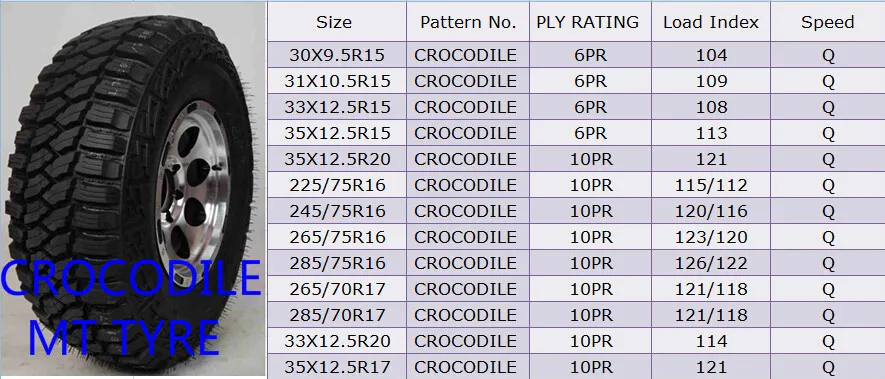 Chinese Nexen with R16 diameter have 108 studs. Nokian Hakkapeliitta 9 has a record number of 172, while Nokian Nordman 4 and Pirelli Ice Zero have 130 each.
Chinese Nexen with R16 diameter have 108 studs. Nokian Hakkapeliitta 9 has a record number of 172, while Nokian Nordman 4 and Pirelli Ice Zero have 130 each.
This tire is suitable for luxury cars and crossovers. Goodyear has 130 studded 17-inch tires with its UltraGrip Ice Arctic model. nine0023
This large size winter tire is used on SUVs and some SUVs. The number of spikes often exceeds 130 pieces. However, there are also models with a limited number. For example, Toyo Tires managed to count 100 spikes.
The average number of studs for rubber of different diameters can be found in this table.
| Wheel size | Number of spikes (pcs) |
| R13 | 90-110 |
| R14 | 90-110 |
| R15 | 110 |
| R16 | 100-180 |
| R17 | 130 |
| R18 | 100-160 |
As can be seen from the review of some popular models, tire size has little to no effect on the number of studs.
nine0180 During operation, winter tires may lose their studs. The rate of wear of rubber depends on the quality of the chosen model and the characteristics of the road surface. According to current standards, studded winter tires can be used even if 40% of the metal inserts are retained. When buying tires for the winter, you should pay attention not only to how many studs are in a particular model and what is the level of wear, but also to other important features:
patency;
exchange rate stability;
rubber softness;
stability of characteristics in different weather conditions;
hydroplaning resistance and rapid water drainage.
It is worth remembering that studded winter tires are noisier and require running-in, which will help extend their life. At the same time, spikes are not always needed for a comfortable and safe ride in winter.